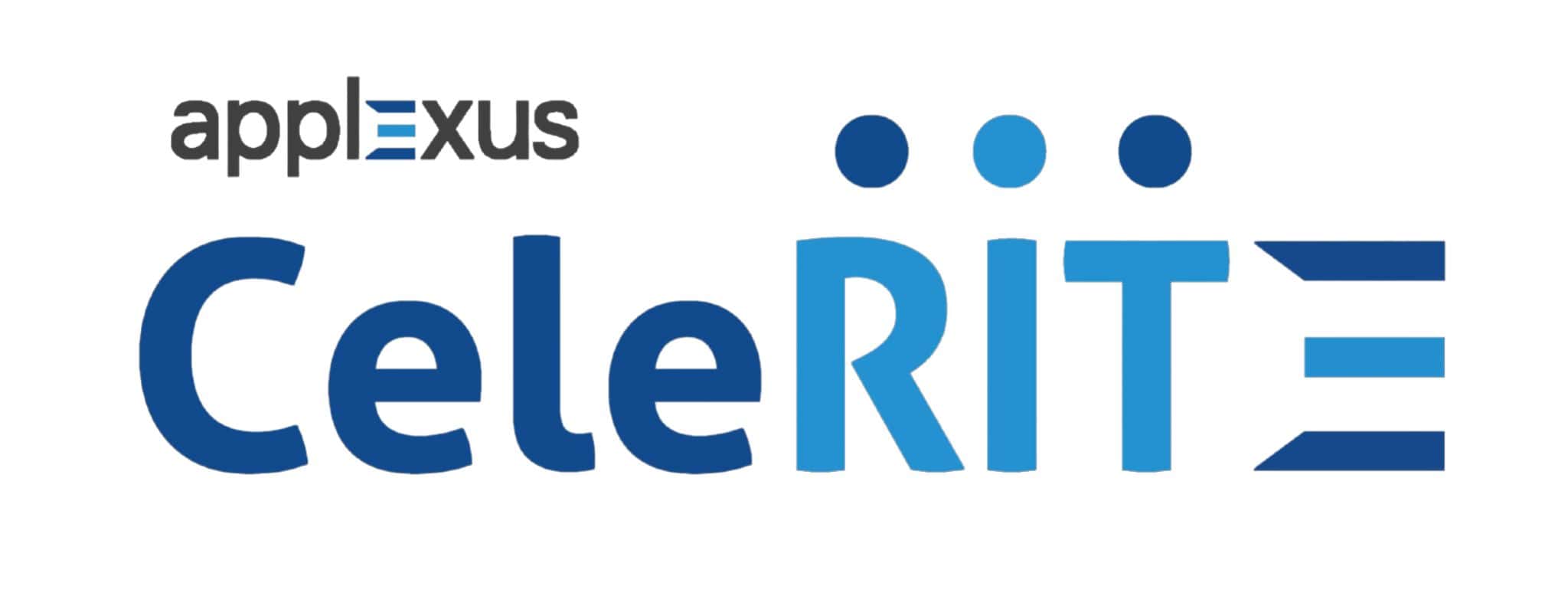The news of SAP and Microsoft kicking their partnership up another notch was welcome news to us at Absoft, as weâve been helping our customers run SAP on Azure for years, and are a partner of both SAP and Microsoft.
The announcement means that Microsoft Azure is now the partner of choice for running SAP software in the hyperscale cloud, and that is big news albeit not surprising. Azure integrates best with enterprise customersâ IT, most SAP customers are also Microsoft customers, and Azure has the widest range of supported virtual machines for running SAP.
But SAP on Azure is more than IaaS!
SAP and Microsoft have promised âjointly developed market journeysâ and âa harmonized approach for products, services and practices.â What does that mean? It means SAP and Microsoft solutions will integrate technically, and they will work together on things the other obviously does better.
Microsoft Azure offers an absolutely bewildering array of services. Virtual Machines (IaaS) make up a tiny corner of the big picture of Azure services, and to ignore the rest is to ignore the major benefits of Azure.


SAP offer the best in enterprise business software, from the digital core in S/4HANA to the market network of Ariba, employee engagement in SuccessFactors and customer experience in C/4HANA. SAP are focusing on business-driven use cases of machine learning, IoT and embedded analytics to bring reality to the Intelligent Enterprise.
Microsoft Azure offers the best in the technical platform for enterprise. The IoT Hub offers excellent edge connectivity to IoT devices. Machine Learning provides a platform for custom and differentiated AI. Event Hub, Logic Apps and other serverless functions combine to make a formidable integration and workflow capability.
Even where Azure services directly overlap with SAP offerings, some customers may prefer the choice of using a familiar Microsoft product such as Power BI for analytics of SAP data.
So how do I integrate SAP and Azure services?
Straightforward IT integrations are commonplace now, for example using Azure AD to provide Single Sign-On to SAP software is really popular, easy and now supports essentially the entire range of SAP on-premises and Cloud Platform applications via SAML2.0.
The next step is to use Azure functionality from your SAP business applications. The ABAP SDK for Azure offers the ability to consume Azure services in ABAP code:
- Event hub
- Service bus
- Key vault
- Active Directory
- Blob
- Cosmos DB
- OMS Log Analytics
Event Hub is among the most exciting on that list; you can send events (messages) from ABAP into the Event Hub, that can be picked up by other services, including Logic Apps. Azure Logic Apps provide low or no-code implementation of simple algorithms, with out-of-the-box connectivity to a huge and growing number of third-party cloud services.
To build my own demo of the ABAP SDK for Azure, I adapted the standard demo to make a simple interface to send a tweet from an SAP S/4HANA system.

With the SDK installed and a bit of basic configuration completed, the code to send an event to Azure is very straightforward:

After the event has arrived in an Event Hub, the Logic App posts it to Twitter.
Itâs trivial to write a Logic App that picks up an event from an Event Hub and send an email, call an API to a third-party application, update a database, or send a tweet.
Itâs (almost) as easy as dragging some boxes onto the screen:

The connectivity options are not only one-way. Microsoft and SAP are adding integrations constantly, so itâs now as straightforward to post an iDoc or call a BAPI in your SAP system as it is to send a tweet.
A quick search for âSAPâ in the available Logic Apps tasks gives a summary of what is already there:

Perhaps SAP software will be at both ends of a process with some Microsoft products used as part of a workflow in the middle!
At Absoft we have experience of running SAP on Azure, so we know that SAP and Azure knowledge are needed together to make a successful project. Now, a cross-vendor skillset is becoming relevant even in the business functionality. Learning to understand the âotherâ side is going to get more and more important to those who arenât in that world already.
Whatâs next? – We can expect a lot more integration to be made available, and a lot more material to be released on this topic in coming months as the partnership continues to grow and Microsoft Azure is cemented as the hyperscale cloud platform of choice for SAP.















